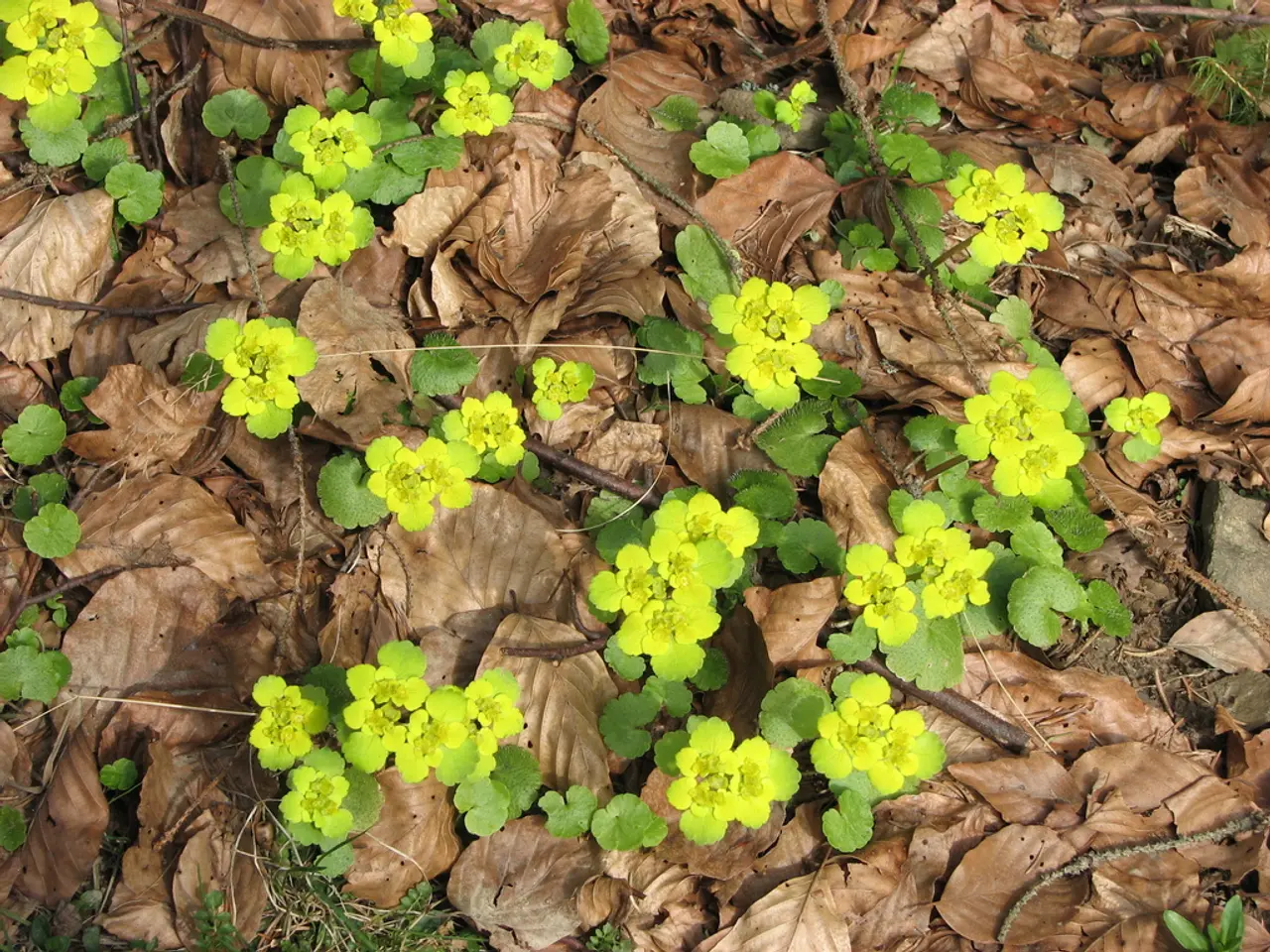Expert Spanish Gardener's Heat-Resistant Plant Combinations and Drought-Tolerant Tips for Thriving Greenery
In the heart of Central Spain, where cold winters meet intensely hot summers with little rain, a new generation of garden designers is inspired by the Spanish landscape and plant communities. This inspiration has led to the development of dry gardens that conserve water while maintaining beauty and biodiversity.
Effective planning of a dry garden involves several integrated strategies aimed at conserving water and supporting plant health under drought conditions.
### Plant Selection
Choosing the right plants is crucial. **Native and drought-tolerant species** that are adapted to your regional climate and soil types are recommended. Examples include lavender, yarrow, coneflower, California poppy, and Achillea filipendulina 'Parker's Variety', which are not only drought-resistant but also beneficial for pollinators. For turfgrass, consider reducing lawn areas or replacing high-water-use grasses with drought-resilient varieties such as fine fescues.
Arrange plants thoughtfully in the landscape based on sunlight exposure and drainage patterns to maximise their natural resilience to dry conditions. Teucrium fruticans, with its grey foliage and spring flowers, dominates the dry garden when clipped into mounded shapes, while Quercus ilex trunk links the dry garden to the landscape.
### Soil Management
Improving soil moisture retention is key. Organic matter such as compost can be incorporated to enhance soil structure and increase its capacity to hold water. Mulch layers around plants and over soil surfaces can reduce evaporation, regulate soil temperature, suppress weeds, and slowly release nutrients as it decomposes. However, for succulents or desert plants, mulch might not be suitable, so adapt accordingly.
### Irrigation Strategies
Utilise efficient irrigation methods such as drip irrigation systems that deliver water directly to plant roots, minimising waste. Apply deep, infrequent watering rather than shallow, frequent watering. This encourages plant roots to grow deeper into the soil, making plants more drought-resistant and better able to survive heat and dry spells. Water early in the morning or late in the evening to reduce water loss through evaporation during the heat of the day.
### Additional Considerations
Plan your garden design carefully with regard to microclimates, grouping plants with similar water needs together to optimise irrigation and plant health. Regularly maintain your garden by pruning, monitoring plant health, and adjusting watering schedules as needed to adapt to seasonal changes and plant maturity.
By combining these strategies – selecting appropriate plants, improving soil conditions, and implementing efficient watering practices – you can create a sustainable and resilient dry garden that conserves water while maintaining beauty and biodiversity.
Ugly irrigation pipes can be disguised with mulch. Drip irrigation systems where pipes lead water to individual plants are the most economical. Plants should be grown 'lean' and not be fed excessively. Stipa tenuissima, with its feathery plumes, complements Phlomis russeliana in the dry garden. Calamagrostis x acutiflora 'Karl Foerster' adds bulk, while Stipa gigantea is illuminated by backlighting. Phlomis 'Edward Bowles' creates a golden-yellow display, and Nepeta 'Six Hills Giant' is in full flower. Cistus x skanbergii forms a soft mound and echoes the curve of Sesleria autumnalis.
Fernando Martos, a Spanish garden designer, offers advice for planning a dry garden: "The key is to understand the plants' needs and the local climate, and then to design a garden that works with nature rather than against it." By following these principles, you can create a beautiful and sustainable dry garden that thrives in even the most challenging conditions.
- The right plants for a dry garden are native and drought-tolerant species, such as lavender, yarrow, coneflower, California poppy, and Achillea filipendulina 'Parker's Variety', offering both water conservation and benefits to pollinators.
- Turfgrass choices should consider reducing lawn areas or replacements with drought-resilient varieties like fine fescues.
- In arranging plants, consider sunlight exposure and drainage patterns, with Teucrium fruticans dominating dry gardens and Quercus ilex trunk linking the landscape.
- Soil moisture retention can be improved by incorporating organic matter and using mulch around plants, ensuring efficient water use and soil temperature regulation.
- By employing efficient irrigation methods, like drip irrigation systems, applying deep, infrequent watering, and optimising watering times, you can conserve water while maintaining the beauty and biodiversity of your dry garden.




